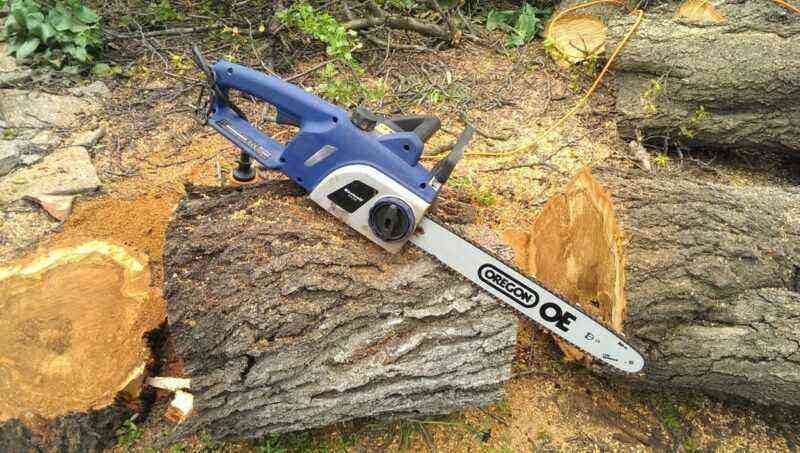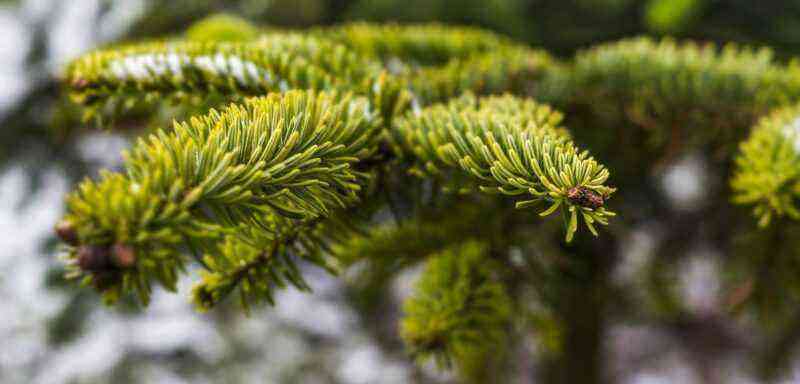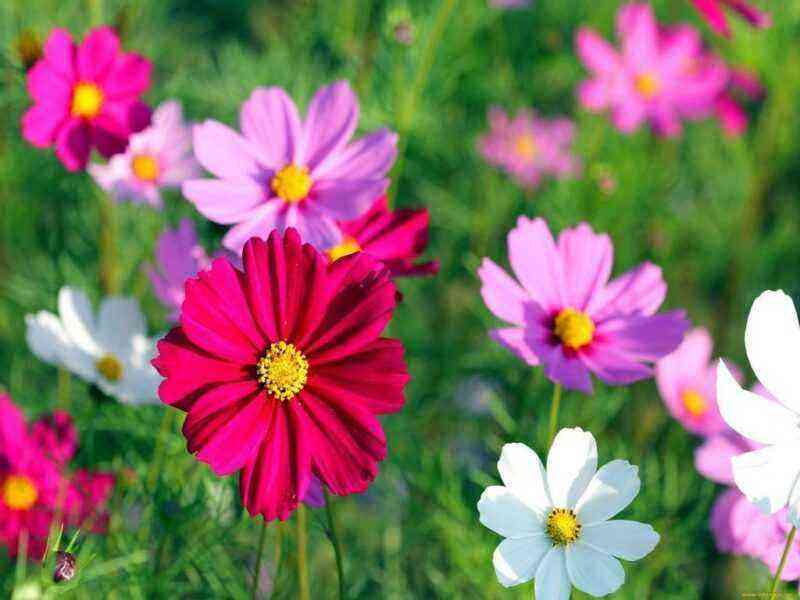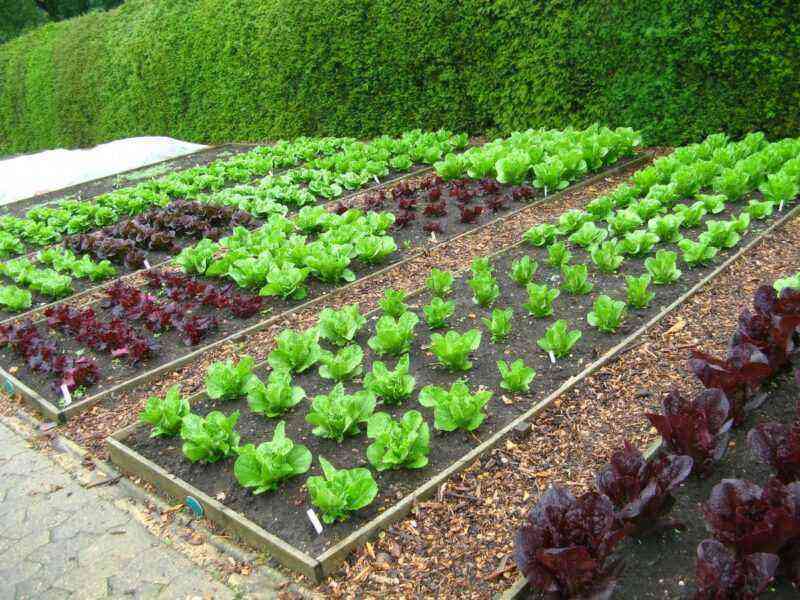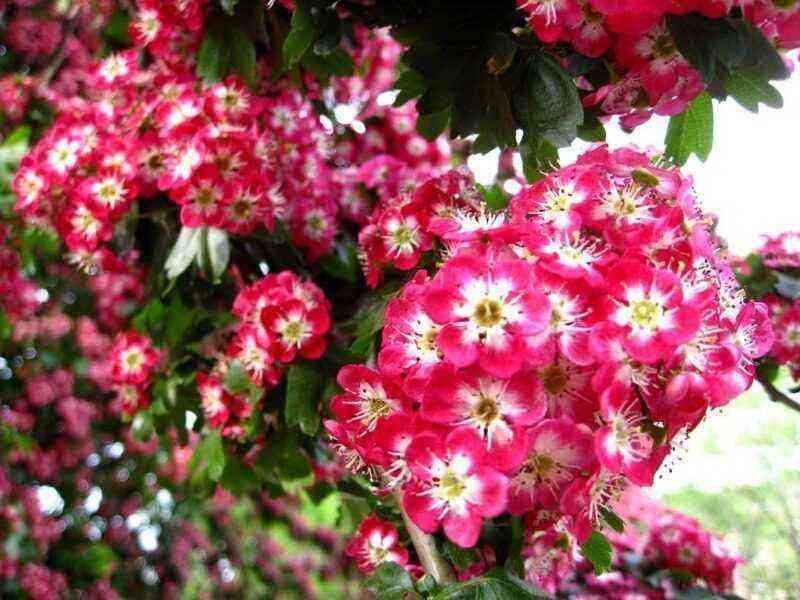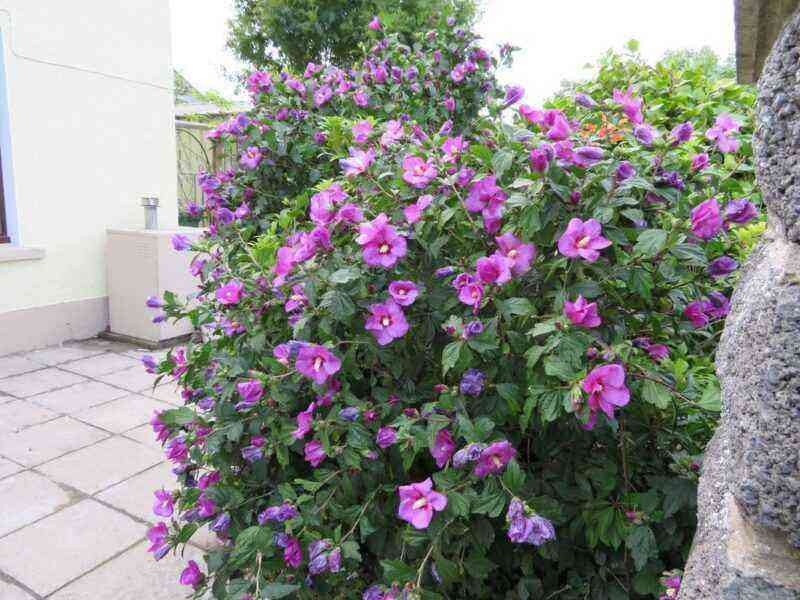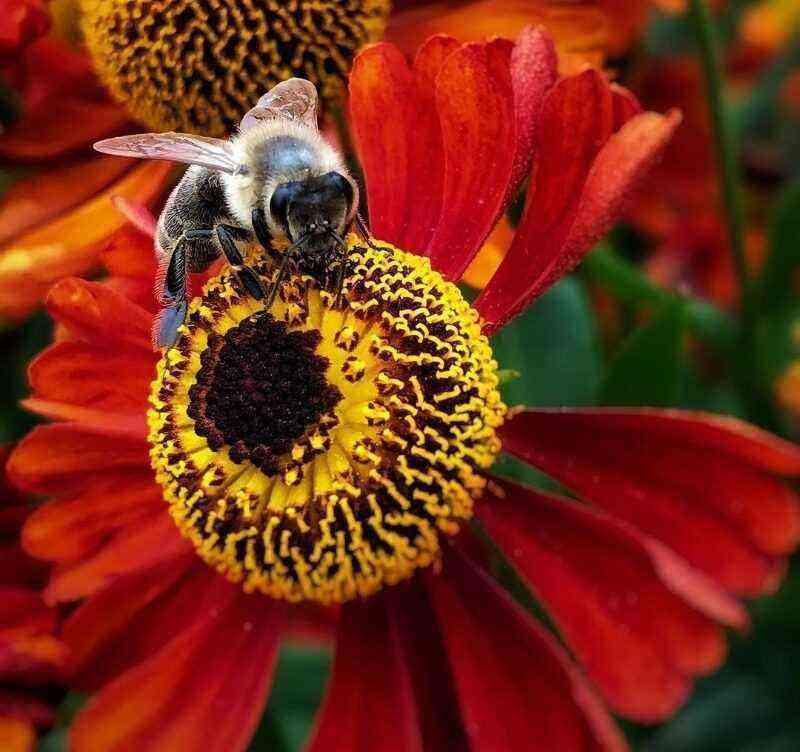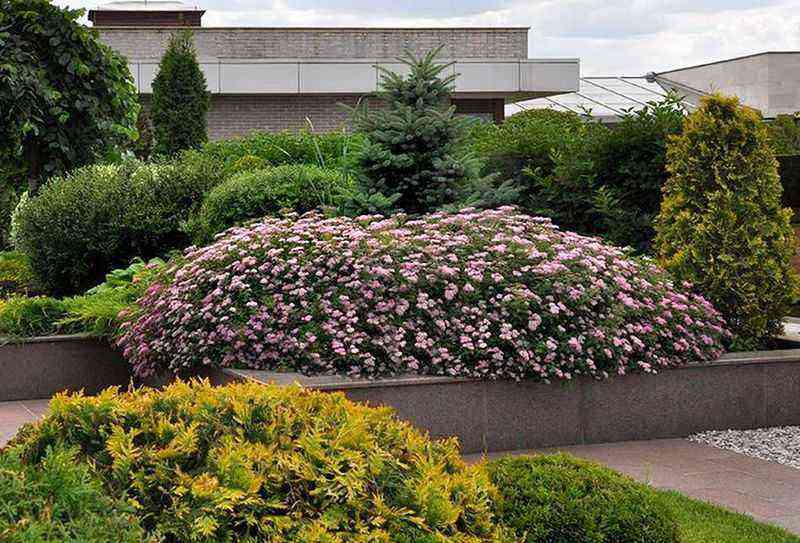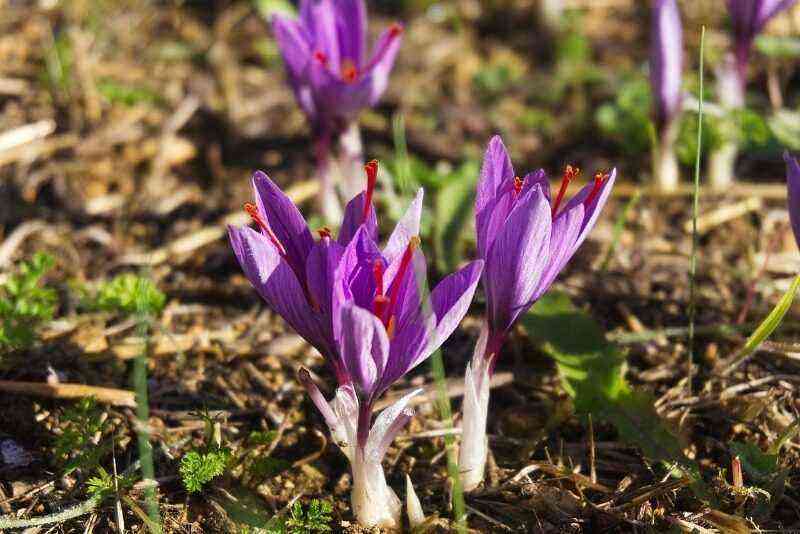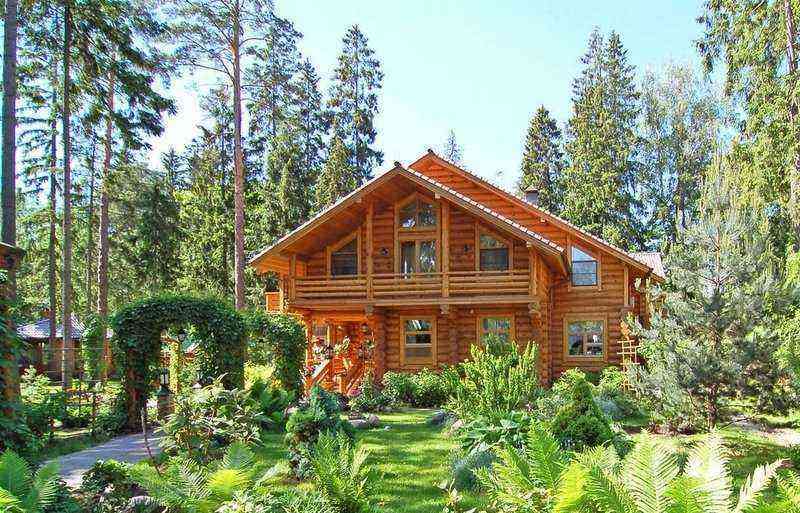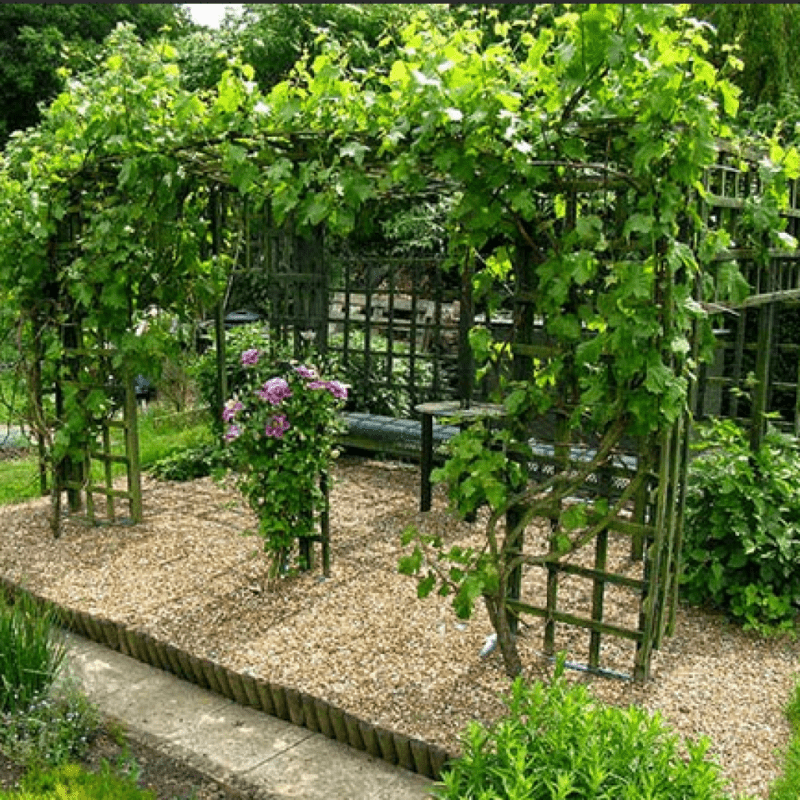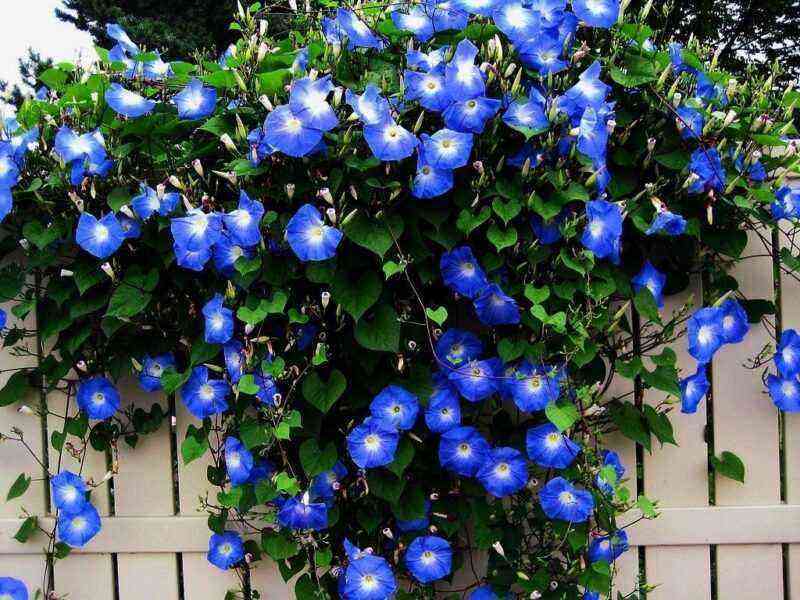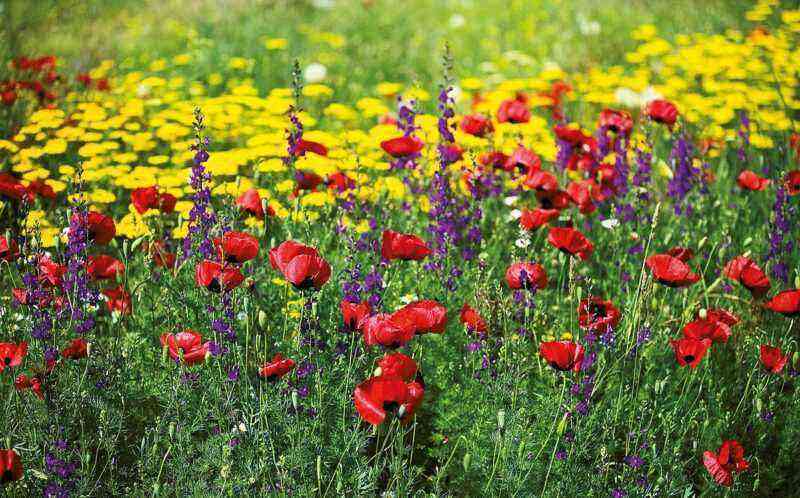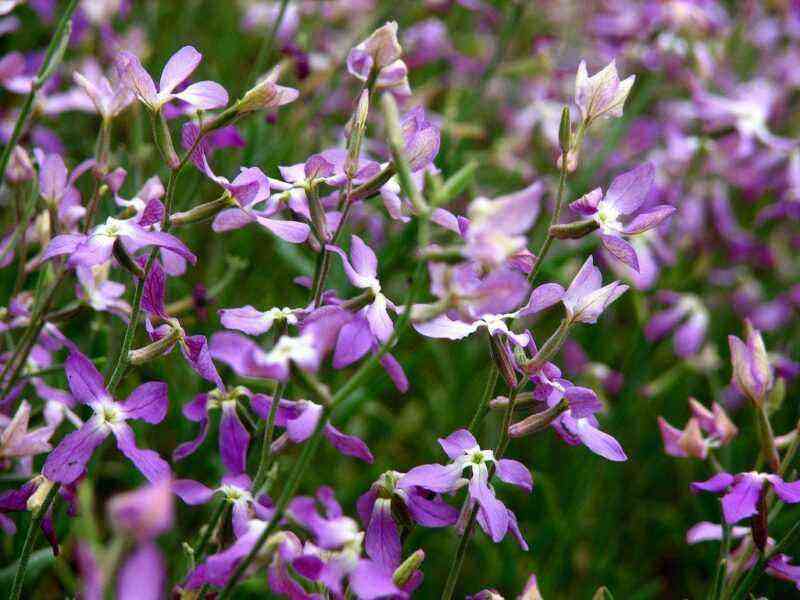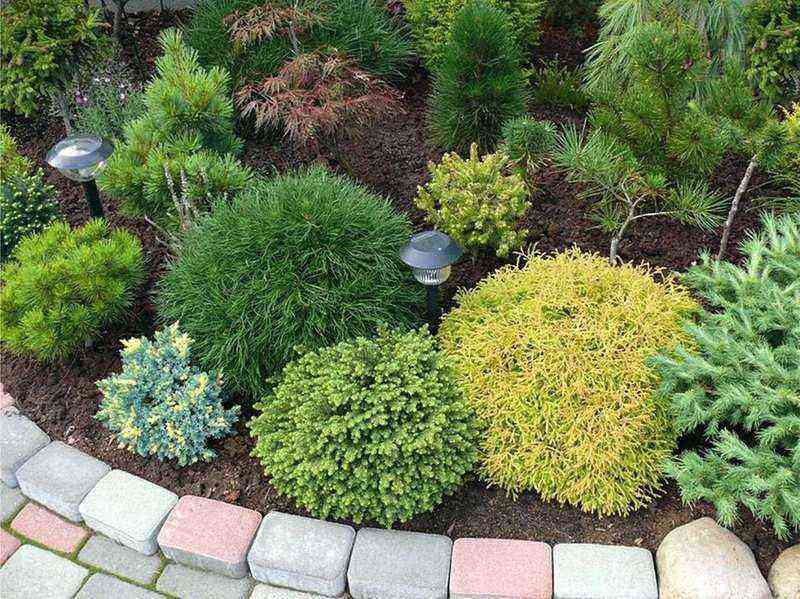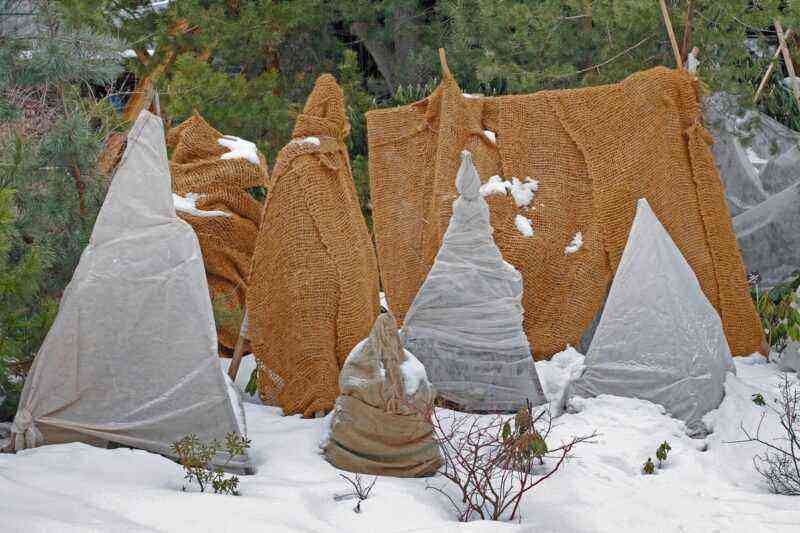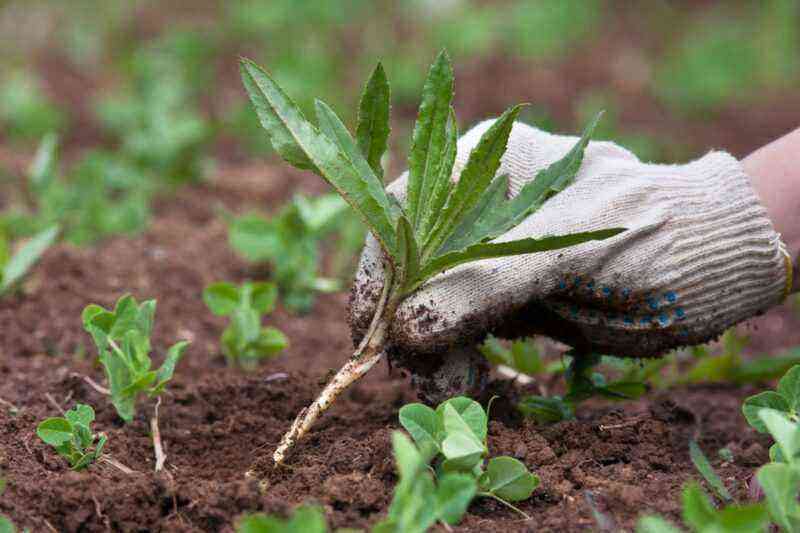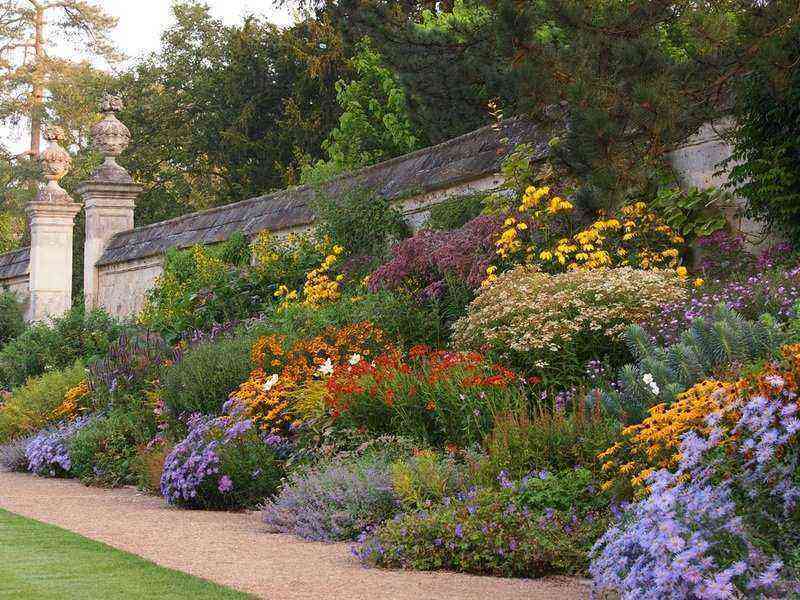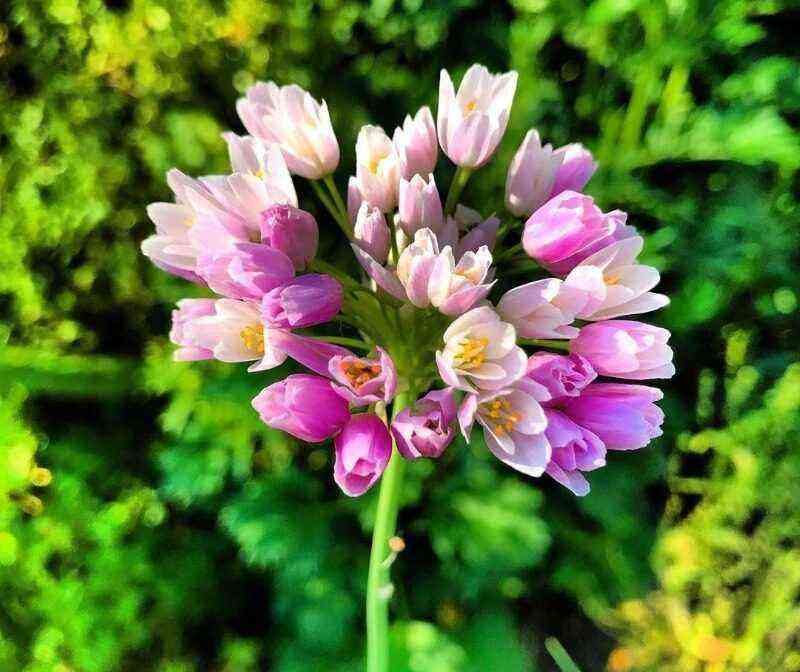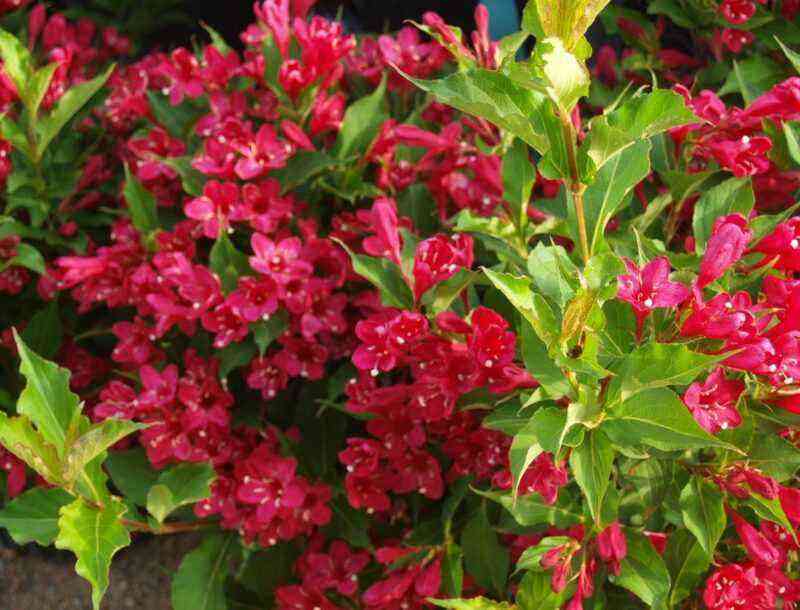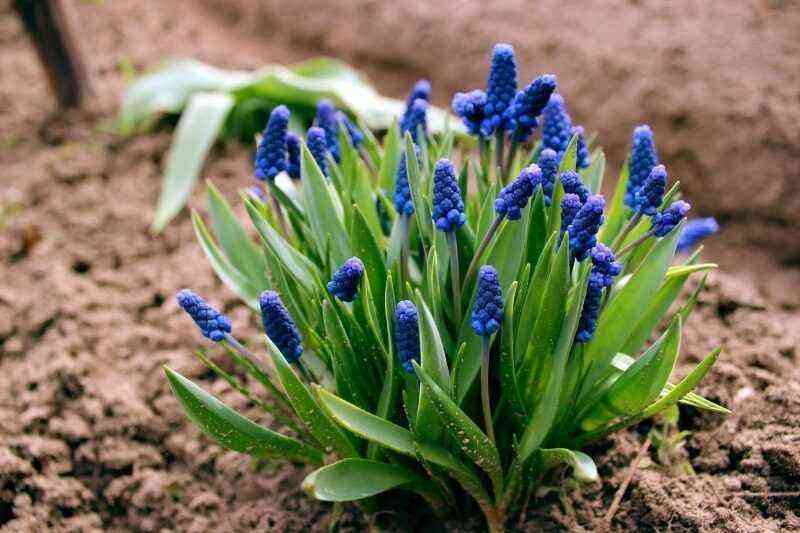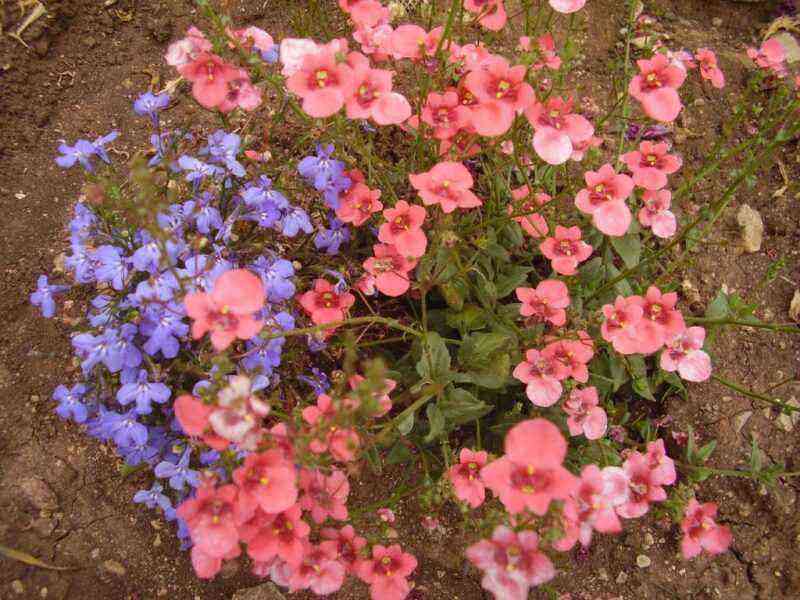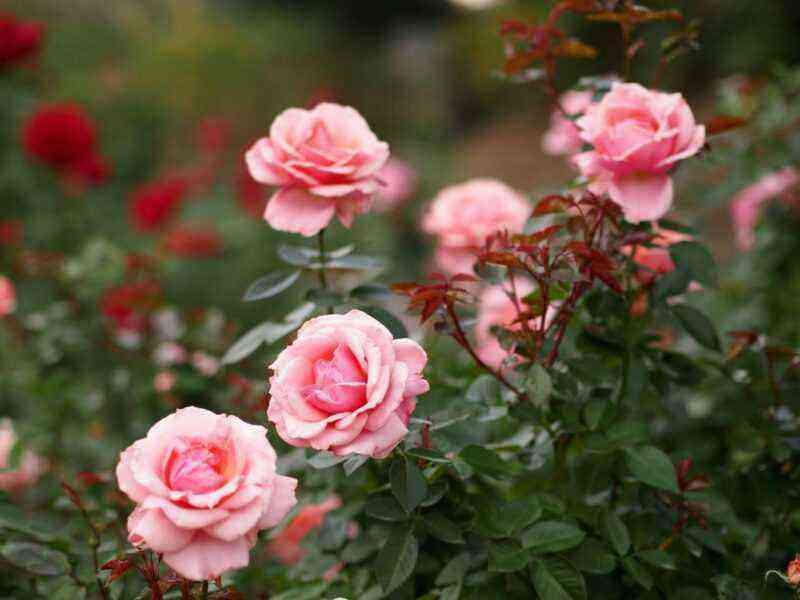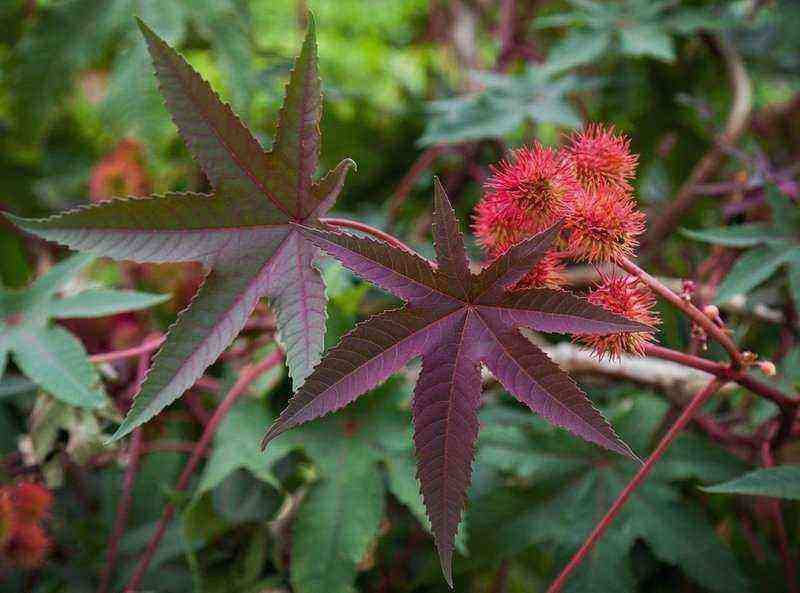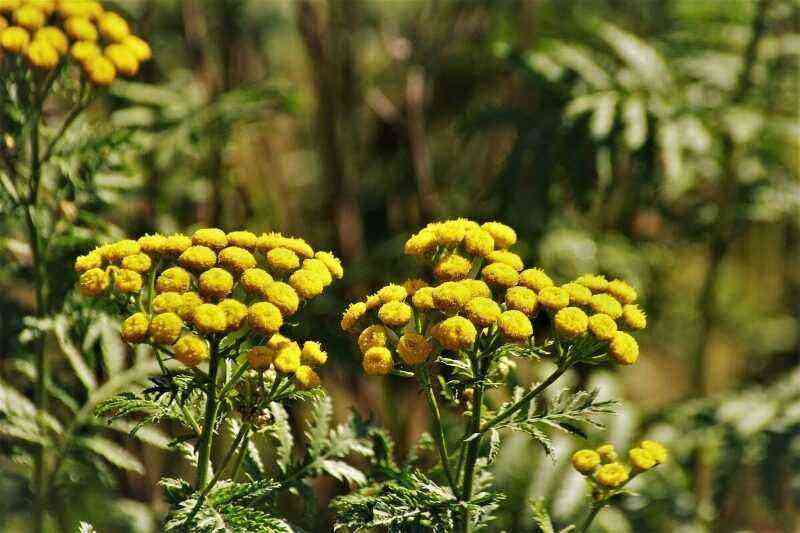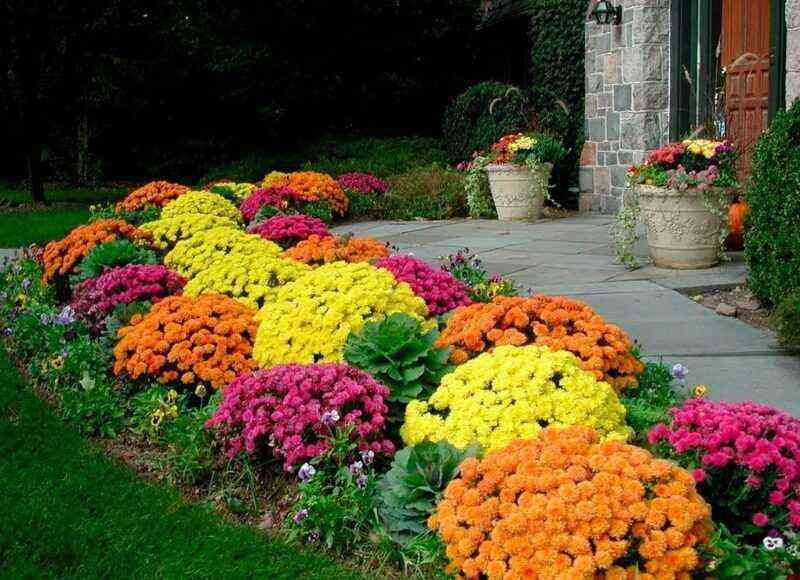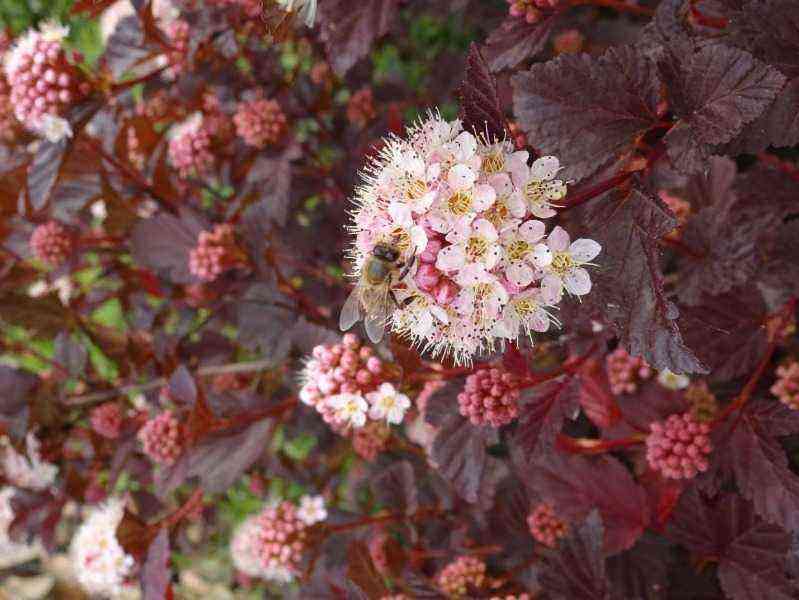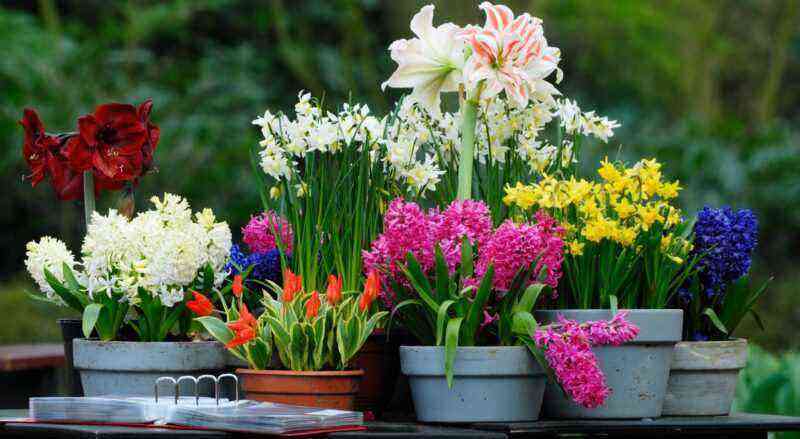It just so happened that we are all trying to create our own little “world”, protecting private land from the manifestations of the outside world – neighbors and curious passers-by, wind and noise, exhaust gases and the hum of cars. However, not all of us are pleased with the prospect of constantly resting our gaze on an unattractive two-meter fence that outlines the boundaries of our possessions. How to make your “kingdom” inaccessible to outsiders without disturbing the natural beauty of the garden landscape? The answer to this question is hidden in the depths of the 18th century, when a hedge was first grown – a dense linear plantation of garden and park plants, designed to protect and, at the same time, decorate a private territory.
A green fence, located on the edge of your land, will become a natural barrier to dust, noise and wind, as well as annoying neighbors and intruders. A hedge in the country is especially good, since it does not require such significant financial investments as the construction of a capital fence. An excellent option for a summer cottage is a freely growing hedge – it is quite easy to create it with your own hands, because it does not require periodic haircuts, like regular hedges of the correct geometric shape. A hedge of roses deserves special attention, which will perfectly decorate the facade of the house, a gazebo or a dull fence. A hedge made of maiden grapes looks spectacular – it does not need special care, and in the fall, red grape leaves will create an elegant atmosphere in the garden.
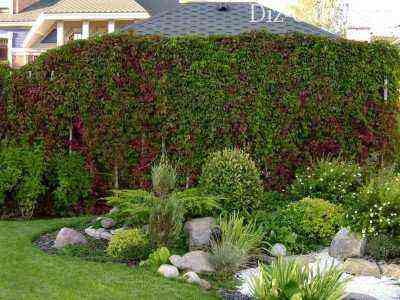
A hedge made of grapes can serve as both a fence and a good background for other elements of landscape design.
Types of green hedges
Hedges have come a long way before they find themselves in our time. This is probably why the hedge, formed with the help of ornamental plants, has such a variety of types and forms.
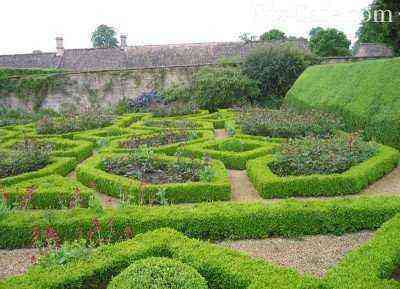
A green hedge, formed in the form of a low border, is an original framing for flower beds and paths
Based on such a characteristic of a hedge as height, three types of this enclosing plantation can be distinguished:
- low curbs up to 1 meter in height – for delineating the boundaries of lawns, flower beds, paths
- hedge 1-2 meters high – for dividing the site into functional zones
- living wall with a height of 2 meters or more – for disembarkation along the boundaries of the site
Depending on the intensity of the haircut, green hedges are divided into molded and free-growing. Unlike molded fences, which are given a clear geometric shape with the help of a haircut, freely growing fences practically do not undergo correction and grow in an arbitrary direction.

A freely growing hedge of different types of shrubs will decorate the landscape of the site in a landscape style
Another parameter by which hedges are classified is the row of planting. A green hedge, in the creation of which plants are planted in one line, refers to single-row ones. Two and three-row hedges assume the placement of plants in several lines in the form of uneven tiers. A single-row green hedge is formed from plants planted at an equal distance from each other. For shrubs, a planting step of about 30-50 cm is adhered to, for trees – from 75 to 150 cm.In a multi-row hedge, plants are planted in a checkerboard pattern, while the distance between them is observed depending on the expected crown size and height.
Multi-row cascading hedges are created with a certain amount of imagination, combining freely growing and molded “steps” of various types of shrubs and trees. A beautiful flowering enclosure can be created using a non-molded hedge made of honeysuckle, irgi, barberry and other shrubs. For planting mixed-type hedges, plants of the same species are used, but of different varieties – with different colors of foliage or needles. Combinations of lilac and green beech, green and variegated privet or holly look good. Such multi-layer fences take up a lot of space, but they effectively protect against unwanted views and intrusions, gas-polluted atmosphere and highway noise.

To create a molded hedge, it is best to plant plants with small foliage – they will provide a dense surface to the fence

In the process of cutting, the green hedge can be given any shape – from geometric to rounded
Selection of plants for a green hedge
When choosing plants for planting in the form of a hedge, it is better to give preference to those of them that have passed the “strength test” in domestic climatic conditions. These should be winter-hardy, unpretentious plants with dense foliage, which recover well after cutting and have a high ability to form shoots. It is worth paying attention to such trees as maple, hornbeam, blackthorn and shrubs – privet, hawthorn, cotoneaster. Hedges of jasmine, sea buckthorn, rhododendron, barberry, honeysuckle, wrinkled rose, lilac, irgi look spectacular. To create a green hedge, plants with small foliage are selected, which, when periodically trimmed, form a uniform surface.
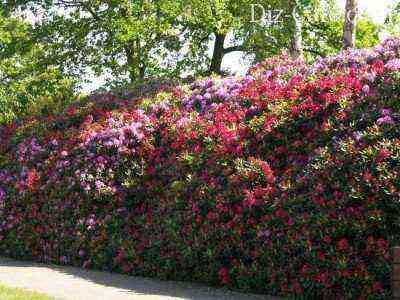
A dense, impassable hedge can be created from lilac and rhododendron bushes, growing in a free way
When choosing planting material for a hedge, you need to take a closer look at the root system and crown of plants – the roots should not be overdried, the crown should be uniform in shape. For planting a plantation in the form of a hedge, young shrubs and trees from 3 to 6 years old are chosen, which are sufficiently developed and are able to easily take root in new conditions.
Before forming a green fence, it is necessary to learn how to properly plant a hedge so that the plants do not lack the sun, moisture and nutrients. In this regard, an important point is the selection of a place for planting hedges and a season for transferring plants to open ground. As a rule, the laying of a hedge is done in the spring, after the soil has already dried out, or in the fall, if winter-hardy plants are chosen to form a living fence. The location for the location of the green fence is chosen far from the buildings – at a distance of at least 2 meters and 0.5-1.5 meters from the main fence.
The material on the requirements for the distance from the fence to buildings will also be useful:
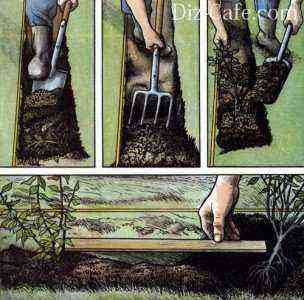
When planting a hedge, it is necessary to dig a trench, loosen and fertilize its bottom, place a seedling and compact the earth
Before planting the hedge, it is necessary to outline the line of its location using a stretched cord. A trench about 0.5 meters deep is dug along the marking line. The width of the trench depends on the row of the green hedge – for single-row ones it is 40-50 cm, for multi-row ones – plus 50 cm for each subsequent row. The planting density of the hedge is influenced by the characteristics of the specific plants, the estimated height and number of rows of the hedge.

Dense hedges are used to create secluded resting places on the garden plot – “green rooms”
Planting density of seedlings per 1 running meter of hedge:
- low shrub (mahonia, spirea) 5-7 bushes;
- medium shrub (snowberry, cotoneaster) 4-5 bushes;
- tall (2-3 m) trees and bushes (bladder, hawthorn) 1-2 plants.
Planting a hedge of coniferous plants
When planting conifers, a hole is dug with a diameter 2 times the size of the rhizome. The garden soil taken out when digging a hole is mixed with compost, organic fertilizer and silica, after which the bottom of the hole is sprinkled with it. Conifers are most often sold in plastic containers. Before planting, the plant is carefully removed from the container and planted in open ground with an intact earthy clod. After the tree is installed in the planting hole, it is covered with earth, which is then compacted, but not rammed. At some distance from the planting line, an irrigation ridge is formed in the form of a low mound that prevents water from spreading. At the end of planting work, the plants are watered abundantly.
You can learn about the types of conifers and their use in garden landscaping from the material:
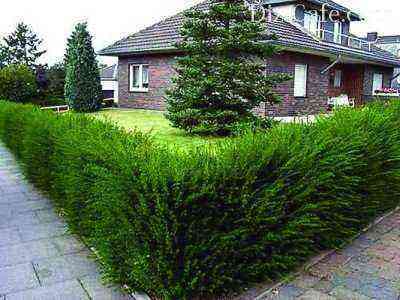
A hedge, pleasing to the eye with its greenery all year round, can be formed from evergreen conifers
Planting a hedge made from deciduous plants
Deciduous, medium-sized or tall shrubs and trees are sold mainly with a bare root system, which is washed for several hours before planting and pruned, removing damaged and long shoots. The planting pit is prepared in order to plant the plant at a depth not exceeding that at which it was planted earlier. The soil taken out of the pit is mixed with organic fertilizers, compost and partially returned to the bottom of the pit. A bush or tree is placed in a hole and sprinkled with the remaining soil, monitoring the density of the backfill – so that voids do not form between the roots of the plant. If the tree has a high trunk, a supporting stake is driven into the bottom of the pit, to a depth of about 50 cm, to which the tree is loosely tied at the end of planting.

Free-growing hedges are often formed from deciduous trees and shrubs of varying height
Planting a hedge from a bush
Small shrub seedlings are usually grown in plastic containers that provide the plant’s root system with reliable protection. This allows you not to adhere to clear terms for planting bushes in open ground. The hole for planting a bush is prepared taking into account the size of the plant’s rhizome and the earthen coma. When planting, the plant is freed from the container while preserving an earthen coma and placed in a dug hole. After filling the voids of the planting pit with earth, the top layer of soil is slightly compacted and watered.
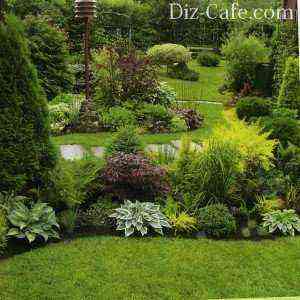
A hedge in the form of a free-growing curb of low-growing shrubs will unobtrusively outline the border of a green lawn or lawn
To plant a large shrub, you need to dig a trench about 1 m wide and 50-60 cm deep. The bottom of the trench is loosened with a pitchfork to a depth of 20 cm and the loosened layer of earth is mixed with peat, leaf humus, manure or compost. It is a good idea to add lime, wood ash and some phosphate fertilizer.
The material will help to choose the best varieties of ornamental shrubs:

Lavender bushes, planted in the form of a rounded border, effectively emphasize the path leading to the house
Planting a trellis hedge
Quite often, when a hedge is formed in the country, saving the space of a small garden plot is put at the forefront. How can you grow a hedge in the cramped conditions of a land plot limited to 6 acres? In order to create a green hedge in the form of a dense, but not wide trellis, the plants are planted at a short distance from each other – about 20 cm.The trellis hedge looks great if it is formed from plants such as yellow acacia, willow, mountain ash or hawthorn …

A thin yet dense trellis hedge can be formed from ordinary willow
A year later, the planted trees and shrubs are cut off, as they say, “on a stump” – leaving 10-15 cm of the aboveground part of the plant. A year later, in the spring, they carry out a major trimming of the hedge, preserving several of the strongest shoots, which are intertwined crosswise – at an angle of 45 degrees, cutting off the bark at the points of contact of the branches. The resulting diamond-shaped “pattern” is fixed on the frame in the form of a lattice structure, built on the basis of stakes driven with a small step into the ground, and crossbars.
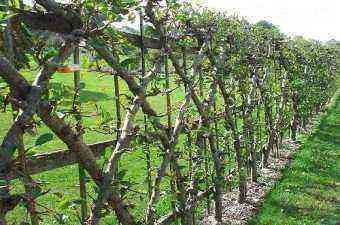
The trellis hedge is grown by the cross-weaving method of the shoots of shrubs or low-growing trees
Subsequently, all lateral shoots of the trellis are pruned 2-3 times per season, adhering to a vertical plane, which stimulates further branching of the hedge upwards. Regular side trimming of the trellis hedge is aimed at creating a uniform width of about 30 cm. The trellis is also trimmed from above, maintaining a certain height of the green fence.

A monotonous gray fence can be revived with a bright, abundantly “blooming trellis” of weaving roses
When laying a green fence on an individual or summer cottage, it should be borne in mind that caring for a hedge during the season is much more difficult than for ordinary garden plants. This is largely due to the fact that you need to tirelessly monitor the vegetable hedge – water, fertilize and mow. If you take the issue of trimming and trimming the hedge without proper attention, it can grow so much that it will be impossible to put it in order and you will have to cut the planting “to zero”.
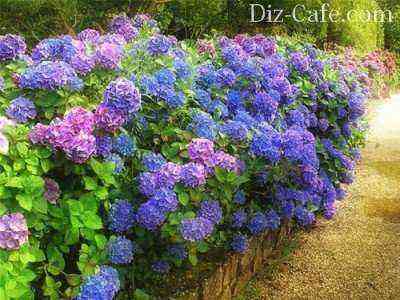
Lush hydrangea inflorescences, collected in a hedge, will decorate your garden with a bright accent and protect from uninvited guests
Haircut and trimming rules
Cropping when planting
Deciduous varieties of trees and shrubs formed into hedges are pruned strongly immediately after planting, leaving 10-15 cm of the aboveground part of the seedling to accelerate the growth of shoots at the base. If the seedlings were purchased with a bare root system, then the aboveground part should be trimmed at half the existing height. Seedlings grown in a container are cut to one third of the height.
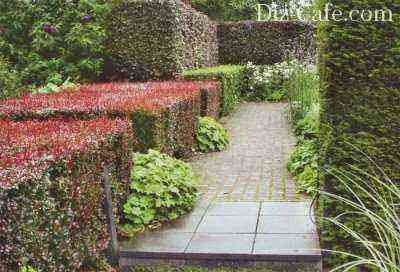
The combination of multi-height and multi-color geometric borders will give your garden a unique flavor
Pruning in season two
After a year, the planted hedges are trimmed about 4 times per season – from May to August. Light pruning in the second year of the hedge is aimed at giving the planting a certain shape and increasing the density of branching.
In strong pruning – to a height of about 15 cm from the surface of the ground, the following types of shrubs are needed: privet, hawthorn, blackthorn, tamarix. At 1/3 of the height of new shoots are cut: cotoneaster, hornbeam, barberry, boxwood, beech. Cardinal pruning is not required: juniper, cherry laurel, cypress, cypress. In such hedges, only individual branches are cut, which are knocked out of the total mass and give the hedges an untidy look.
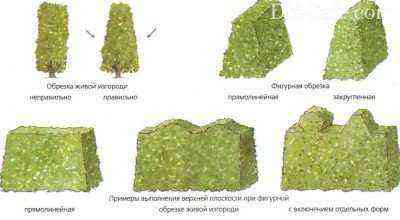
Trim the hedge so that the bottom is wider. than the top
Haircut in 2-3 years
Hedge trimming in subsequent years is carried out to give the decorative fence a neat look – the lateral branches are cut off, the upper shoots are slightly trimmed. Deciduous trees and shrubs are pruned in early spring – even before the young leaves appear, coniferous evergreens can be pruned in later spring or early fall.
It’s important to know! When cutting a green hedge, the base is formed slightly wider than the top so that the lower branches are sufficiently illuminated and, accordingly, developed.
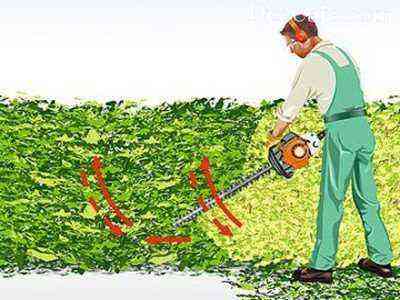
A special power tool is used to trim long molded hedges.
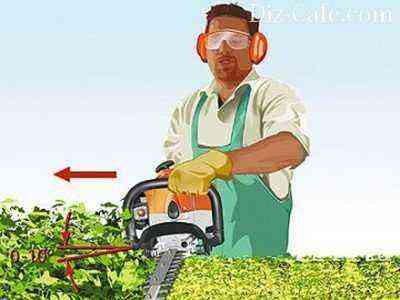
The top trimming of the hedge is done to a height of about 10 cm, after pulling the scourge for a reference point
Evergreen or small-leaved hedges are trimmed with an electric tool or scissors. Pruning shears are used to trim and trim large-leaved hedges.
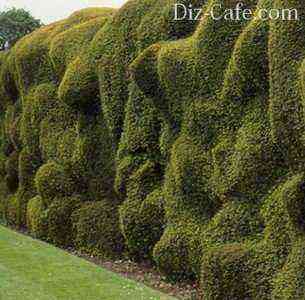
When trimming and shearing, hedges can be given any shape, even the most bizarre
Watering and feeding
During the season, the hedge must be watered regularly, having previously loosened the soil by 50-70 cm on both sides of the planting. When watering, a stream of water is directed directly to the base of the plants, providing soil moisture to a depth of 30-40 cm.

Use a low, rounded hedge to create a maze in the garden – a place for children’s games and secluded relaxation

Having planted climbing plants near the walls of your house and equipping a simple frame, you will become the owner of a piece of park art
In addition to watering, the green hedge needs to be fed with organic and mineral fertilizers. Organic fertilizers – compost, deciduous humus, peat are introduced into the dug soil in early spring or autumn in an amount of 2 to 5 kg per square meter of land. Mineral fertilizers – nitrogen and phosphate-potassium are added to the soil depending on the season: nitrogen only in early spring, phosphate – mainly in late summer and early autumn. Autumn bait can consist of the following components: 30-40 g of potassium salt, 50-70 g of superphosphate, 50-70 g of ammonium sulfate.
